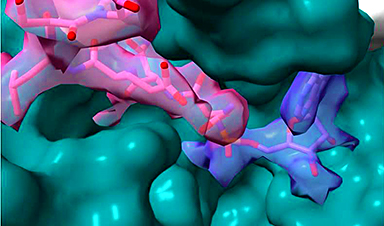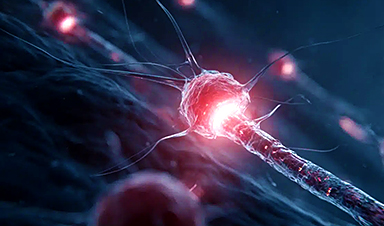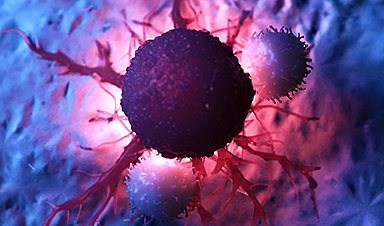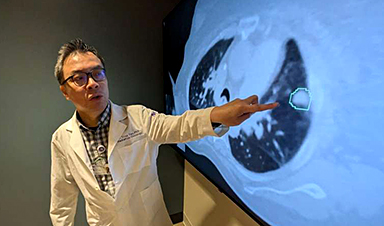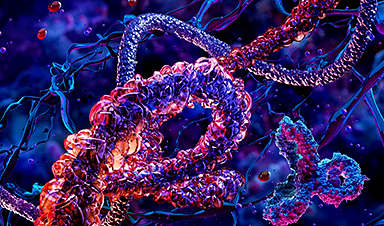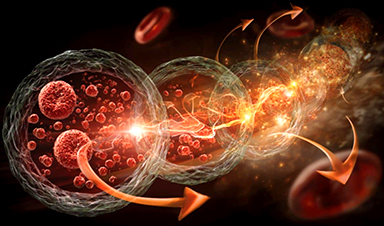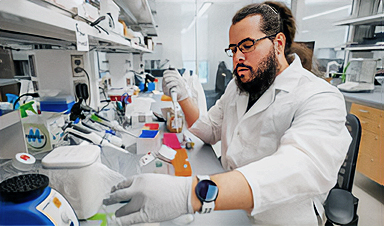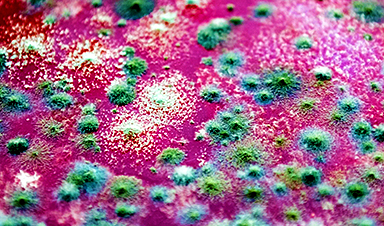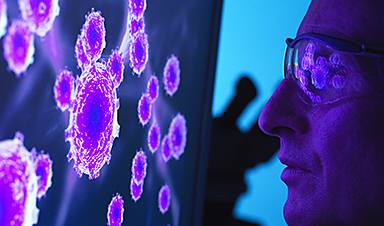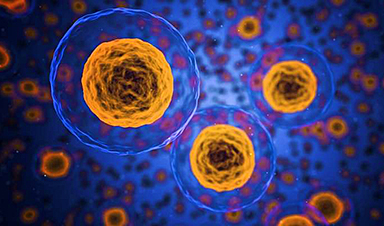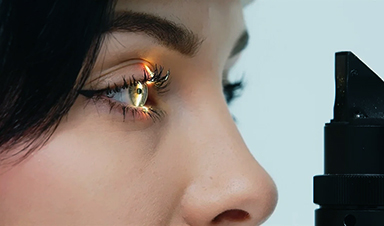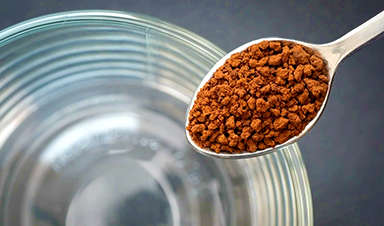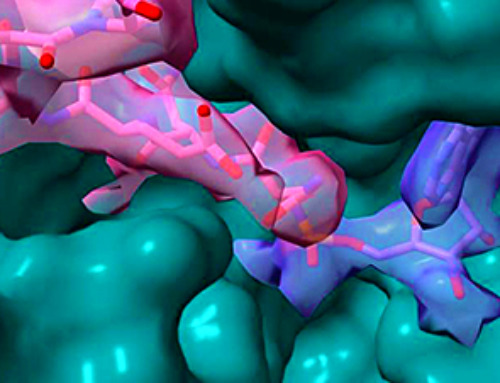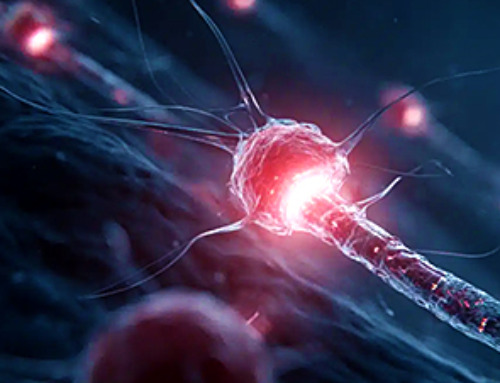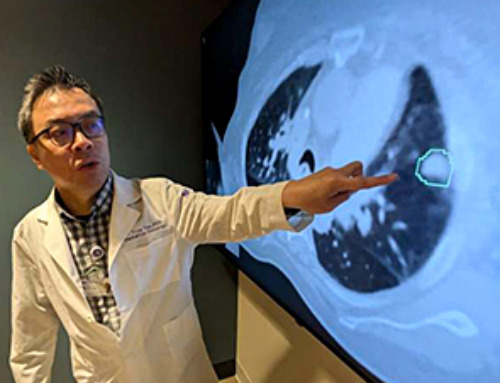With the excitement of the Covid vaccine’s arrival, it may be easy to forget and ignore those of us with “long Covid”, who are struggling to reclaim our previous, pre-viral lives and continue to live with debilitating symptoms. Even when the NHS has managed the herculean task of vaccinating the nation, Covid-19 and the new mutant variants of the virus will continue to circulate, leaving more people at risk of long Covid. Data from a King’s College London study in September suggested as many as 60,000 people in the UK could be affected, but the latest statistics from the Office for National Statistics suggest it could be much higher.
I was acutely ill in March, though – like many people with long Covid – mine was defined as a “mild” case not requiring admission to hospital. Nine months on, I am seriously debilitated, with crashing post-exertional fatigue, often associated with chest pains. On bad days, my brain feels like it doesn’t want to function, even a conversation can be too much. I have no risk factors, I’m in my 50s, and have always been fit, but remain too unwell to work – ironically as a consultant in infectious diseases. Watching the pandemic unfold from the sidelines when I should have been working in the thick of it has only added to the frustration of my protracted illness.
My acute symptoms were over within 12 days, and I presumed I’d be back at work the following week. How wrong I was. In the following weeks I developed dramatic hair loss (similar to that post pregnancy) and continued to feel fatigued, usually falling asleep in the afternoon. I tried to steadily increase the amount I was exercising – but suddenly in mid-June I started to experience severe post-exertional fatigue. It could happen on a short walk or it could be while cooking dinner. It was completely unpredictable. When I felt really terrible, I would get chest pains, which I’d not had during my initial illness, and my body seems to need intense rest – and a lot of it. Graded exercise, an approach that has been used to manage patients with other post-viral fatigue, wasn’t working; in fact it seemed to be detrimental and could leave me floored for days. The one thing I realised early on was that pacing was vital.
For months it seemed there was no recognition of what was happening to so many of us, with numerous anecdotal reports of people being dismissed as anxious, depressed or histrionic. It felt as if we had been left in limbo, not followed up because we weren’t ill enough initially to be treated in hospital, but most without appropriate medical care and support for the duration of their illness. I am fortunate to have an excellent GP who has been extremely supportive throughout, but I could hear her frustration at the lack of anything concrete to offer or refer me to.
Image Credit: Alamy
Post by Amanda Scott, NA CEO. Follow her on twitter @tantriclens
Thanks to Heinz V. Hoenen. Follow him on twitter: @HeinzVHoenen
News
Team finds flawed data in recent study relevant to coronavirus antiviral development
The COVID pandemic illustrated how urgently we need antiviral medications capable of treating coronavirus infections. To aid this effort, researchers quickly homed in on part of SARS-CoV-2's molecular structure known as the NiRAN domain—an [...]
Drug-Coated Neural Implants Reduce Immune Rejection
Summary: A new study shows that coating neural prosthetic implants with the anti-inflammatory drug dexamethasone helps reduce the body’s immune response and scar tissue formation. This strategy enhances the long-term performance and stability of electrodes [...]
Scientists discover cancer-fighting bacteria that ‘soak up’ forever chemicals in the body
A family of healthy bacteria may help 'soak up' toxic forever chemicals in the body, warding off their cancerous effects. Forever chemicals, also known as PFAS (per- and polyfluoroalkyl substances), are toxic chemicals that [...]
Johns Hopkins Researchers Uncover a New Way To Kill Cancer Cells
A new study reveals that blocking ribosomal RNA production rewires cancer cell behavior and could help treat genetically unstable tumors. Researchers at the Johns Hopkins Kimmel Cancer Center and the Department of Radiation Oncology and Molecular [...]
AI matches doctors in mapping lung tumors for radiation therapy
In radiation therapy, precision can save lives. Oncologists must carefully map the size and location of a tumor before delivering high-dose radiation to destroy cancer cells while sparing healthy tissue. But this process, called [...]
Scientists Finally “See” Key Protein That Controls Inflammation
Researchers used advanced microscopy to uncover important protein structures. For the first time, two important protein structures in the human body are being visualized, thanks in part to cutting-edge technology at the University of [...]
AI tool detects 9 types of dementia from a single brain scan
Mayo Clinic researchers have developed a new artificial intelligence (AI) tool that helps clinicians identify brain activity patterns linked to nine types of dementia, including Alzheimer's disease, using a single, widely available scan—a transformative [...]
Is plastic packaging putting more than just food on your plate?
New research reveals that common food packaging and utensils can shed microscopic plastics into our food, prompting urgent calls for stricter testing and updated regulations to protect public health. Beyond microplastics: The analysis intentionally [...]
Aging Spreads Through the Bloodstream
Summary: New research reveals that aging isn’t just a local cellular process—it can spread throughout the body via the bloodstream. A redox-sensitive protein called ReHMGB1, secreted by senescent cells, was found to trigger aging features [...]
AI and nanomedicine find rare biomarkers for prostrate cancer and atherosclerosis
Imagine a stadium packed with 75,000 fans, all wearing green and white jerseys—except one person in a solid green shirt. Finding that person would be tough. That's how hard it is for scientists to [...]
Are Pesticides Breeding the Next Pandemic? Experts Warn of Fungal Superbugs
Fungicides used in agriculture have been linked to an increase in resistance to antifungal drugs in both humans and animals. Fungal infections are on the rise, and two UC Davis infectious disease experts, Dr. George Thompson [...]
Scientists Crack the 500-Million-Year-Old Code That Controls Your Immune System
A collaborative team from Penn Medicine and Penn Engineering has uncovered the mathematical principles behind a 500-million-year-old protein network that determines whether foreign materials are recognized as friend or foe. How does your body [...]
Team discovers how tiny parts of cells stay organized, new insights for blocking cancer growth
A team of international researchers led by scientists at City of Hope provides the most thorough account yet of an elusive target for cancer treatment. Published in Science Advances, the study suggests a complex signaling [...]
Nanomaterials in Ophthalmology: A Review
Eye diseases are becoming more common. In 2020, over 250 million people had mild vision problems, and 295 million experienced moderate to severe ocular conditions. In response, researchers are turning to nanotechnology and nanomaterials—tools that are transforming [...]
Natural Plant Extract Removes up to 90% of Microplastics From Water
Researchers found that natural polymers derived from okra and fenugreek are highly effective at removing microplastics from water. The same sticky substances that make okra slimy and give fenugreek its gel-like texture could help [...]
Instant coffee may damage your eyes, genetic study finds
A new genetic study shows that just one extra cup of instant coffee a day could significantly increase your risk of developing dry AMD, shedding fresh light on how our daily beverage choices may [...]

